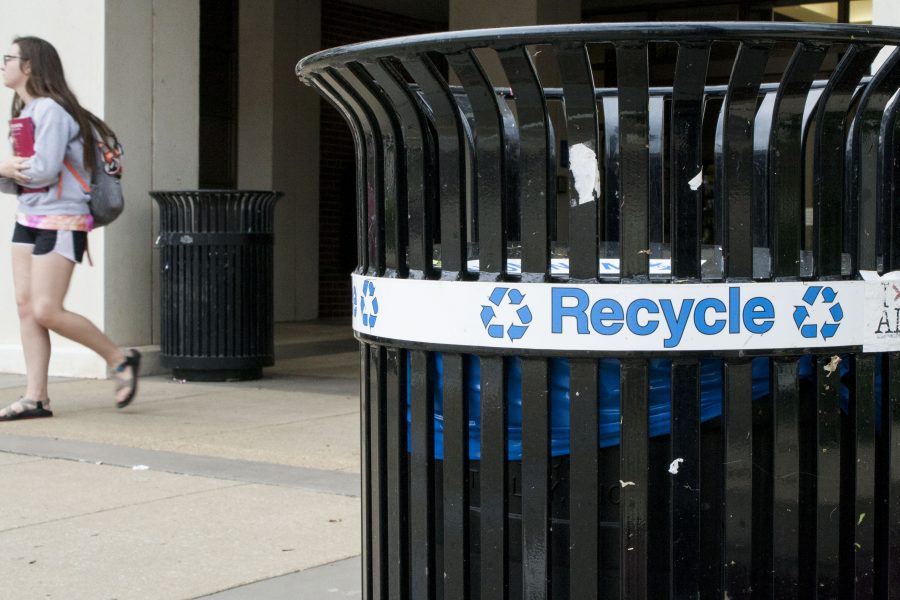On gamedays, Bryant-Denny Stadium becomes, by population, the fifth largest city in Alabama according to the U.S. Census Bureau. But campus isn’t just large on Saturday; it’s also growing at a rapid rate. Enrollment at The University of Alabama increased from 25,580 in fall 2007 to more than 37,000 by the same time in 2015. That growth is extreme, and comes with more downsides than simply crowded dorms.
Overburdened facilities at large institutions are often ill equipped to deal with the vast quantities of resources these students use. In 2015, The University of Alabama spent more than $24 million on utilities, a number that’s more than the University spent on scholarships and fellowships in that same year.
President Barack Obama recently referred to climate change as the greatest long-term threat facing the world. Climate change brings with it a host of problems that affect Alabama, and as the flagship university of the state, the University has a moral obligation to act as a leader in the fight against climate change in Alabama. Now is the chance for the University to invest in the environment and become a real leader in environmental management and stewardship not just in Alabama, but across the Southeast.
ECHO, the EPA’s enforcement and compliance database, provides shockingly limited data on the environmental consumption of universities, leaving it up to the colleges themselves to report their environmental impact.
Many universities simply don’t report environmental data. It is at best difficult to find, and all too often impossible. Like any other industry, education needs to be dragged into environmental accountability.
This is not to say that the University does not report any sustainability data. The UA Office of Sustainability has exhaustive reports on how the University recycles everything from newspapers to car batteries. They have done a fantastic job with recycling, but they could do more. Between October 2013 and September 2014 the University recycled 1,382.06 tons of material. This seems like a substantial number, and it is. However, an institution the size of the University could be recycling larger amounts of materials.
The University should work with student organizations to come up with a plan to manage the environmental pitfalls on this campus. The proliferation of Keurig coffee-makers, inefficient air-conditioning systems that lead to freezing temperatures in August, and the lack of quality education regarding each individual student’s impact on the environment are all things that the University could address and would make UA students more conscientious stewards of the environment.
Gordon Gee, current president of West Virginia University, refers to American education as “a diverse ecosystem, comprising institutions of all sizes, price tags, and mission statements.” Part of the “ecosystem” of higher education, colleges and universities have a duty to the real ecosystem they exist in, and that starts with holding them accountable for the environmental impact they have.
The University of Alabama is situated in a unique ecological space on the banks of the Black Warrior River, in the middle of an ecosystem referred to as “America’s Amazon.” Much of the University’s success, either directly or indirectly, is a result of the unique ecosystem it inhabits. Isn’t it time we made sure the University is acting with a sense of sustainability and environmental stewardship?
Danny Pelavin is a senior majoring in political science and history. His column runs biweekly.









